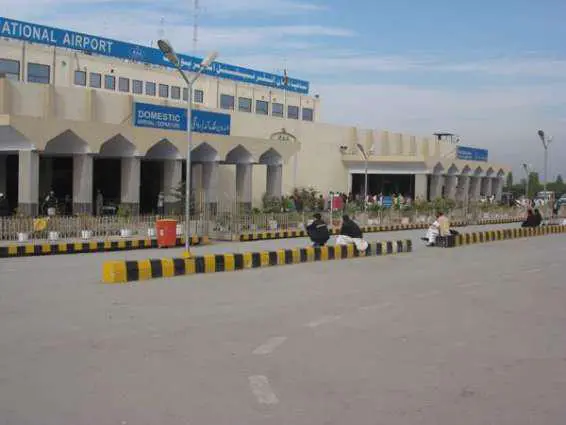President Xi Jinping began a state visit to the United States on Tuesday, crucial to the immediate concerns of the people of both countries, read a Tuesday commentary in The People's Daily.
For about 500 years, the global political climate has been under the influence of currents in the Atlantic. In the 21st century, attention has turned to trade winds across the Pacific.
In the skies above the Pacific, about 12,000 people fly between China and the United States every day. A flight takes off between the two countries every 17 minutes. About 4.3 million people travelled between the two countries last year.
It was a little more than 40 years ago when, with extraordinary courage and wisdom, Mao Zedong and Richard Nixon extended "a handshake across the Pacific" with Nixon's historic visit to China, reopening direct communications between the two powers after a lacuna of over 30 years.
Thereafter, despite ups and downs, Sino-U.S. relations have flourished. In 2014, trade between the two passed 555 billion U.S. dollars and, by the end of the year, bilateral investment had exceeded 120 billion U.S. dollars.
Such conflict as there has been is largely the result of China's expanding economy. Currently, relations are facing some tough times as the global landscape changes. Opinions may differ on matters like maritime disputes and network security, but it is no disaster if relations meet setbacks. Problems are there to be solved, and are best solved together.
Trust, and trust alone, should be the cornerstone of a new style of international relations. How the two perceive each other's strategic intentions will determine the course of policy.
When Nixon shook Mao's hand in 1972, China and the United States had threats right before their eyes to cope. Today, according to veteran diplomat Henry Kissinger, the need is to influence the overall international system in such a way as to prevent regional crises from getting out of control.
Last year, China and the United States issued a joint statement on climate change. Breakthroughs in Iran's nuclear negotiations would not have been possible without the U.S. and Chinese governments working together for a common goal.
The Asia-Pacific region has been an economic hotspot since World War II ended, especially for the last 30 years. This was only achieved through overall peace and stability, backed by healthy Sino-U.S. ties.
Seventy years ago, China and the United States fought shoulder to shoulder for peace and freedom. Today, there is no reason the two should not to cooperate in the name of peaceful global development. Together, China and the United States can keep the world safe and stable.
Peace serves the interests of the two countries and their people. Only by working together can development in the Asia-Pacific and the world at large be assured.
 简体中文
简体中文

